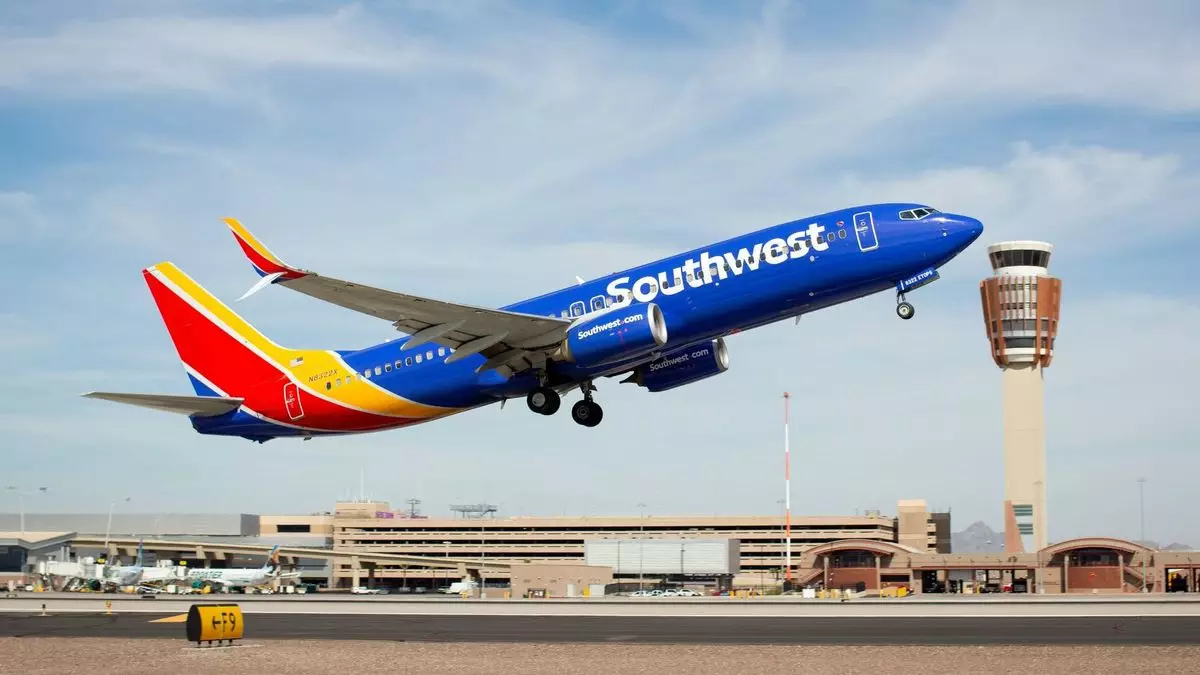In a surprise move that signals a change in direction, Southwest Airlines unveiled a plan to eliminate 15% of its corporate overhead workforce Monday evening. This decision, impacting around 1,750 employees, is one of the most drastic measures the airline has undertaken in over half a century of operations. The layoffs notably include eleven members from the senior leadership team, all holding titles of vice president or higher, which constitutes around 15% of the company’s senior management committee. This announcement underscores a critical juncture for Southwest Airlines as it strives to streamline operations amid economic pressures.
Bob Jordan, Southwest’s president and CEO, described these layoffs as “unprecedented” in an official statement, asserting that transformative changes necessitate tough decisions. He indicated that by the conclusion of the second quarter, the downsizing process would be largely completed. His use of the term “leaner, faster, and more agile” encapsulates the airline’s aspirations to adapt to an increasingly competitive aviation market that demands efficiency. However, this raises a pertinent question: Can the airline maintain its renowned customer service while downsizing its leadership and workforce?
From a financial perspective, these layoffs are positioned as a pivotal step toward generating substantial savings for the company, with estimates suggesting partial-year savings of approximately $210 million in 2025, and full-year savings anticipated to reach around $300 million in 2026. This is essential for Southwest, especially as profits remain considerably lower than pre-pandemic levels in 2019. The decision to cut jobs is also narrated against a backdrop of pressure from activist investor Elliott Management, which sought to influence changes in the leadership structure and almost prompted a proxy battle last year.
Despite the substantial workforce reductions, Southwest Airlines has assured its commitment to business travel customers, vowing not to alter its focus on the quality service that defines the carrier’s ethos. The company has been introducing operational innovations, such as the recently launched red-eye flights and future alterations to seating arrangements, aimed at enhancing the travel experience. However, one must consider whether the execution of such changes can occur effectively amidst a shrinking leadership team.
Southwest Airlines is at a crossroads, attempting to balance financial sustainability with its established commitment to customer service. While the layoffs could potentially bring the long-term vision of agility to fruition, the short-term consequences on employee morale and customer experience remain uncertain. As the airline restructures its operations, only time will tell if these bold moves will ultimately lead to a revitalized and efficient organization that can thrive in the highly volatile airline industry environment. The airline’s next steps will be crucial in determining whether these restructuring efforts yield positive outcomes or merely contribute to further instability.


Leave a Reply